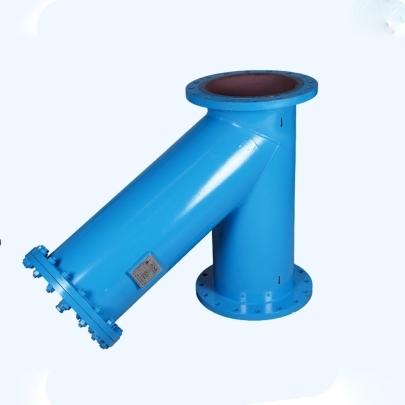In the world of fluid processing systems, strainers are unsung heroes. Whether it’s industrial, commercial, or municipal applications, these simple devices play a vital role in maintaining performance, protecting equipment, and minimizing maintenance.
This comprehensive guide will walk you through:
- What strainers are
- Their core benefits
- Expert tips for successful installation
- Common mistakes to avoid
- Types of strainers and use cases
🔍 What is a Strainer?
A strainer is a device used in pipelines to remove unwanted solids or debris from liquids or gases. Think of it like a filter, but typically used for larger particles.
They are installed upstream of sensitive equipment like pumps, valves, and meters to prevent clogging, wear, or operational failure.
💡 Key Benefits of Using Strainers
Here’s why strainers are essential across industries:
✅ 1. Protects Equipment
Strainers act as a first line of defense by removing rust, scale, gravel, and other debris. This minimizes wear and tear on:
- Pumps
- Control valves
- Heat exchangers
- Flow meters
✅ 2. Reduces Downtime
By filtering out contaminants, systems remain cleaner, reducing the need for frequent maintenance and unexpected shutdowns.
✅ 3. Improves Efficiency
Clean systems operate more smoothly and use less energy, saving on operational costs in the long term.
✅ 4. Extends Equipment Life
Preventing particle accumulation increases the lifespan of critical components, lowering long-term capital expenses.
✅ 5. Supports Regulatory Compliance
Especially in food, pharma, or chemical industries, using strainers helps meet strict hygiene and safety standards.
🛠️ Strainer Installation Tips (Pro Advice)
Installing a strainer the right way is as important as choosing the right one. Here’s how professionals do it:
🔧 1. Install in the Correct Orientation
- Always follow the manufacturer’s flow direction arrow.
- Incorrect orientation leads to poor filtration and potential failure.
🔧 2. Use Isolation Valves
Place shut-off valves before and after the strainer to allow easy cleaning and maintenance without shutting the system down.
🔧 3. Support the Piping Properly
Large strainers can be heavy. Use pipe supports to prevent strain on flange connections and avoid leaks.
🔧 4. Allow for Space
Ensure there’s adequate clearance for removing the strainer cap and cleaning the basket or screen.
🔧 5. Clean Before Startup
Flush the system before installation to prevent initial debris from entering and clogging the strainer.
🚫 Common Installation Mistakes to Avoid
Avoid these pitfalls to ensure long-term performance:
| Mistake | Consequence |
| Installing backwards | Blocked flow, system failure |
| No pressure gauge ports | Can’t monitor clogging level |
| Inaccessible location | Difficult maintenance |
| Skipping flushing | Debris damages screen instantly |
🧰 Types of Strainers & Where to Use Them
Choosing the right strainer depends on the application. Here are the most common types:
1. Y Type Strainers
- Ideal for small solids
- Used in steam, air, gas, or liquid applications
- Compact and cost-effective
2. Basket Strainers
- Suitable for higher flow rates
- Used in pipelines with large particles
- Easier to clean and maintain
3. T Type Strainers
- Used in temporary applications or start-up filtration
- Often replaced or removed after initial system cleaning
4. Duplex Strainers
- Continuous operation during maintenance
- Two parallel strainers with a diverter valve
🧪 Material Selection Guide
The strainer body and screen material must be compatible with the media and temperature. Here’s a quick guide:
| Media | Recommended Material |
| Water | Stainless Steel / Bronze |
| Oil | Carbon Steel |
| Steam | Cast Iron / Stainless Steel |
| Chemicals | Teflon-coated or special alloys |
📈 Boosting System Performance with Smart Strainer Use
Using strainers is not just about protection. It’s about optimizing system health and performance.
- Install pressure gauges before and after the strainer to monitor clog levels.
- Clean strainers regularly based on pressure drop or maintenance schedules.
- Upgrade to duplex or self-cleaning strainers for critical or high-load systems.
🏁 Final Thoughts
Strainers may be small, but their impact is massive. When installed correctly and maintained regularly, they:
- Enhance system reliability
- Protect high-value assets
- Cut operating costs
- Extend equipment lifespan
If you’re designing or maintaining an industrial pipeline, never overlook the power of a properly selected and installed strainer.


















